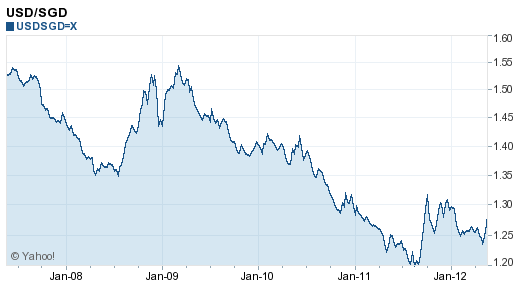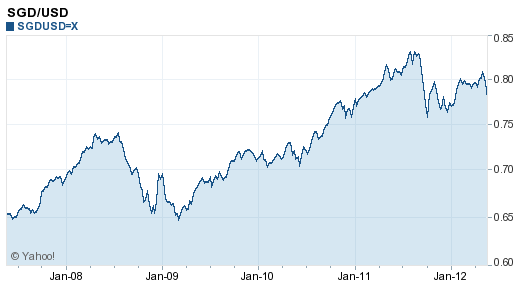Saturday, October 30, 2010 @ 10:05 AM
Hello! We thought that perhaps a post about some key economic terms might be in order. We will also post a summarized version of the explanations for these terms in the section titled “terms”, so do look out for that new feature.
Circular income-flow
This is the basis for Keynes’ income-expenditure model, explained later below, that came to play a big part in the study of economics. It is taken to be that as long as there are available resources, firms will keep producing while consumers will continue to spend on these products. As long as this continues, the economy is said to be in equilibrium. However, there are two other important types of flow of income: 1) Injections, and 2) Leakages. Injections keep the income in the circular flow while leakages withdraw this income, or purchasing power, from the system.
Keynes’ income-expenditure model
JM Keynes is a legendary British economist, who is largely remembered for his theory on the circular flow of money in an economy, still widely in use today. He provided many insights into the workings of the macroeconomy, such as injections and withdrawals, the multiplier, the role of expectations in influencing consumption and investment decisions as well as the role of the government in initiating fiscal pump-priming.
Keynesian analysis of the income-expenditure model is built around the central concept of Aggregate Expenditure (AE). National income is equal to aggregate expenditure, which is comprised of consumption, investment, government expenditure, and net export (taking away import).
This also led to many other economic terms commonly used today, such as his famous "animal spirits".
Consumer Price Index
This records the changes in the price level of consumer goods and services purchased by households, recorded in index numbers. It is a useful tool in determining whether exchange rates are weak or strong in relation to each other.
Purchasing Power Parity
Currencies differ in economies all over the world. Currencies can also buy different things in each economy. Purchasing Power Parity or PPP shows how much the same amount of money (in different currencies) can buy.
Circular income-flow
This is the basis for Keynes’ income-expenditure model, explained later below, that came to play a big part in the study of economics. It is taken to be that as long as there are available resources, firms will keep producing while consumers will continue to spend on these products. As long as this continues, the economy is said to be in equilibrium. However, there are two other important types of flow of income: 1) Injections, and 2) Leakages. Injections keep the income in the circular flow while leakages withdraw this income, or purchasing power, from the system.
Keynes’ income-expenditure model
JM Keynes is a legendary British economist, who is largely remembered for his theory on the circular flow of money in an economy, still widely in use today. He provided many insights into the workings of the macroeconomy, such as injections and withdrawals, the multiplier, the role of expectations in influencing consumption and investment decisions as well as the role of the government in initiating fiscal pump-priming.
Keynesian analysis of the income-expenditure model is built around the central concept of Aggregate Expenditure (AE). National income is equal to aggregate expenditure, which is comprised of consumption, investment, government expenditure, and net export (taking away import).
NY = AE = C + I + G + X - M.
This also led to many other economic terms commonly used today, such as his famous "animal spirits".
Consumer Price Index
This records the changes in the price level of consumer goods and services purchased by households, recorded in index numbers. It is a useful tool in determining whether exchange rates are weak or strong in relation to each other.
Purchasing Power Parity
Currencies differ in economies all over the world. Currencies can also buy different things in each economy. Purchasing Power Parity or PPP shows how much the same amount of money (in different currencies) can buy.



